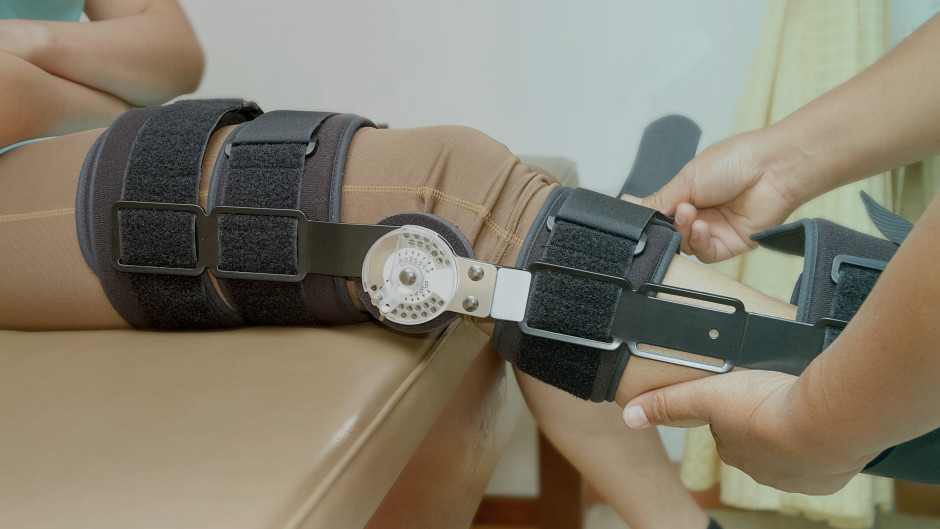No, your pelvis is not out of place…
No, your pelvis is not out of place…
You often hear your patients tell you:
“My pelvis is misaligned, can you put it back in place?”
A lot of people have beliefs about their back that are not evidence based.

Chiropractors, manual therapists and physiotherapists often check leg length assymetries.

Leg length is often checked in supine.
Why is it a bad idea to tell your patients that they have a leg length difference, and it has to be re-aligned with a manipulation?
The big problem is this:
- They have the feeling their spine is vulnerable and weak.
- They will be moving more carefully in their daily lives.
- They can’t carry things, because their pelvis or vertebrae can become misaligned again.
- They have to be corrected every 1-6 weeks.
- They feel dependent of their physio/chiro.
- They have passive coping style and external locus of control, so they don’t feel empowered to help themselves, their physio/chiro has to help them.
Yellow flags
All those factors, like fear of movement, wrong illness beliefs, catastrophizing, passive coping style, external locus of control have been documented to be negative prognostic factors (yellow flags). So when patients have these characteristics, they have more risk for chronic pain. (1,2)

You can’t change the position of the SI joint with a manipulation. You find the study here.
Your communication is very important to your patients.
Don’t get me wrong, I’m a manual therapist myself, and all these manual techniques can help very well with some patients.
It’s about your explanation why it works, that counts.
You can empower patients, or make them dependent on you.
If your ego is so big that you want patients to be dependent on you, choose another job or something.
We have to make the healthcare system less expensive. We can do that by making the patients more:
- independent
- self-efficious
- have internal locus of control (they have the control over their pain/body, not the physiotherapist or doctor)
- have active coping strategies (they help themselves by doing activities/exercises that can help them)
- have adequate illness beliefs (they know why they have pain, and it’s not because their pelvis is out of alignment)
- understand the latest/best evidence through education (sitting slumped is fine, activity is good, back can be trusted, etc.)
You find 2 blogposts with more information about this topic below.
Why do people think their pelvis is out of alignment?
In this blogpost by Darren Beales from Body in Mind, a alternate hypothesis why people feel their pelvis is out of place, which is about a changed body perception:
A plausible, alternate hypothesis for patient reports of asymmetries within the pelvis
Another great blogpost about the misconceptions about low back pain, by Peter O’Sullivan:
Sources:
- Wertli, MM. et al. (2014) The role of fear avoidance beliefs as a prognostic factor for outcome in patients with non specifici low back pain: a systematic review. https://www.ncbi.nlm.nih.gov/pubmed/24412032
- Ramond-Roquin, A. et al. (2015) Psychological risk factors, interventions, and comorbidity in patients with non-specific low back pain in primary care: Need for comprehensive and patient-centrered care. http://www.ncbi.nlm.nih.gov/pubmed/26501062
Do you also believe that we as therapists need to keep improving and become modern day physiotherapists who can apply the biopsychosocial model better into practice?
The best place to keep learning and enhance your knowledge is Trust me-ED, "The Netflix for Physiotherapists". Here you can learn from the best teachers in our profession who share their knowledge in high quality lectures and online courses for the cost of three beers per month.
Does this also sound good to you?
Then you can subscribe today and watch all the great lectures whenever you want, wherever you want:



